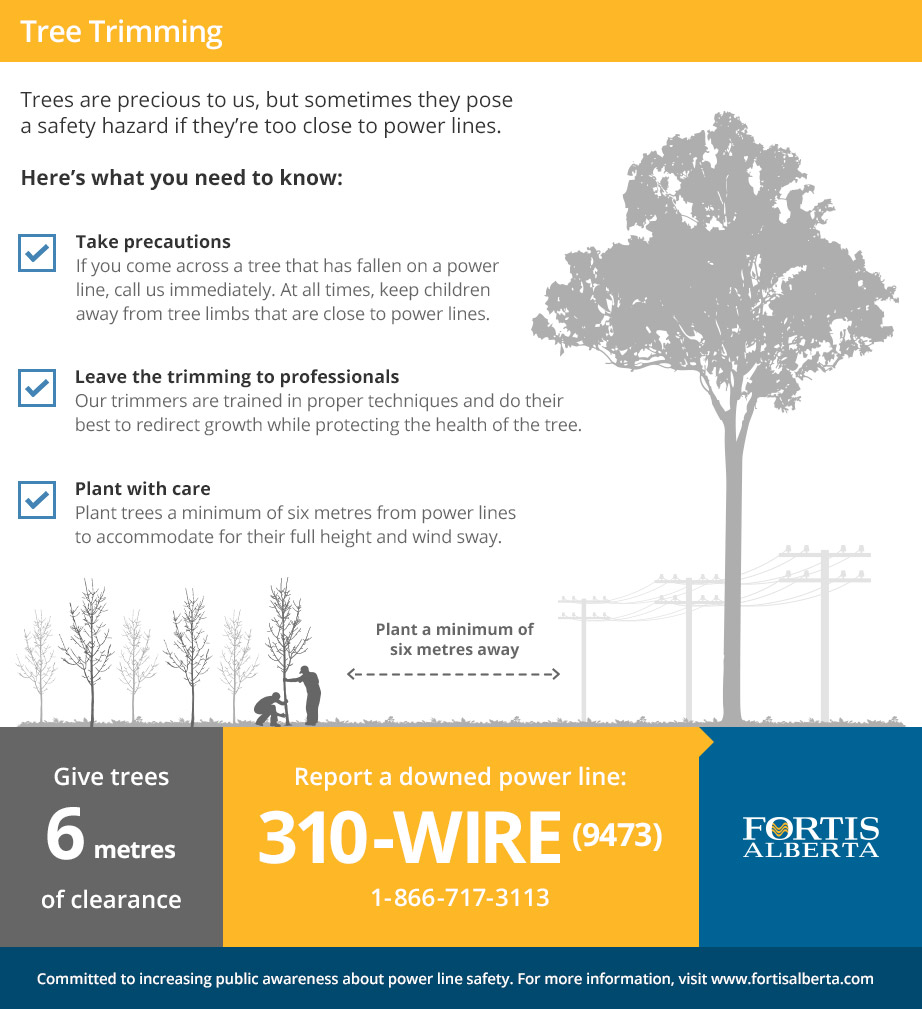Post-Tree Elimination Treatment: Just How To Recover Your Landscape Successfully
Post-Tree Elimination Treatment: Just How To Recover Your Landscape Successfully
Blog Article
Produced By- Visit Webpage
After a tree's removal, your landscape may look quite different, and it's important to assess the after-effects carefully. You'll wish to assess the dirt disruption and examine bordering plants for any type of indications of anxiety. Disregarding these elements can cause bigger troubles down the line. So, what should you finish with those stumps and roots? And just how do you choose the most effective plants for your rejuvenated area? Allow's check out these vital actions.
Examining the After-effects: Examining Your Landscape
After a tree elimination, it's important to examine your landscape to understand the influence it has on your lawn.
Start by examining the area where the tree stood. Try to find signs of soil disturbance, and inspect the surrounding plants for any kind of tension or damage.
You must additionally remember of exactly how the elimination has transformed sunshine direct exposure and air movement in your yard. This shift can affect the development of close-by plants, so it's vital to evaluate their health and wellness.
Take into find out here could develop an open space that you can redesign.
Lastly, think of any type of possible erosion problems that may occur from the tree's absence. Attending to these elements early will help restore balance to your landscape.
Managing Stumps and Origins: Options for Removal
Once you have actually analyzed the after-effects of the tree removal, you'll likely need to deal with the stump and origins left.
You have a few choices for removal. One efficient technique is stump grinding, where an expert uses an equipment to grind the stump down to below ground level. This technique leaves very little interruption to your landscape.
If you like a DIY approach, you can use a mix of digging and chemical stump cleaners. Simply remember, this procedure can take some time and effort.
Additionally, consider leaving the stump as a natural attribute, which can act as an unique garden aspect or habitat for wild animals.
Whatever you choose, addressing the stump and roots is important for recovering your landscape.
Picking the Right Plants for Your New Area
As you assess your newly removed room, choosing the right plants can considerably enhance your landscape's appeal and capability.
Start by taking into consideration the sunshine and dirt conditions. For warm locations, select drought-resistant plants like lavender or succulents. In shaded places, ferns and hostas flourish well.
Think about the size and growth habits of your plants; mix perennials and annuals for seasonal range. Do not fail to remember to incorporate indigenous species; they call for much less upkeep and assistance regional wild animals.
Team plants in weird numbers for an extra natural appearance and develop layers for visual deepness.
Lastly, ensure you have a mix of shades and textures to keep your landscape vibrant throughout the periods.
Delighted planting!
Final thought
Finally, restoring your landscape after tree removal is a gratifying process. By analyzing the after-effects, addressing stumps and roots, and choosing the right plants, you'll produce a successful atmosphere. Don't forget to incorporate disintegration control measures to safeguard your soil. With a little effort and treatment, you can change your space into a dynamic garden that boosts your home. Accept the possibility to invigorate your landscape and enjoy the appeal of nature right in your yard!
